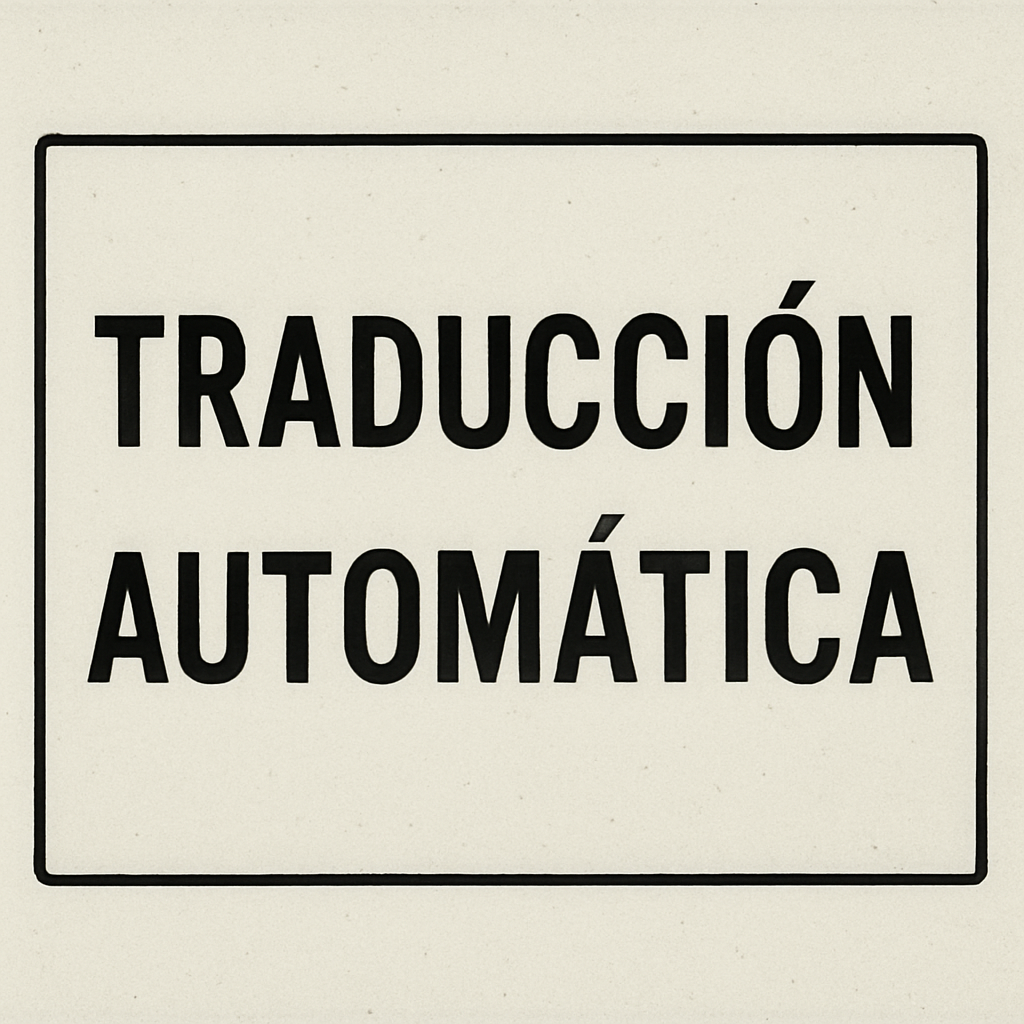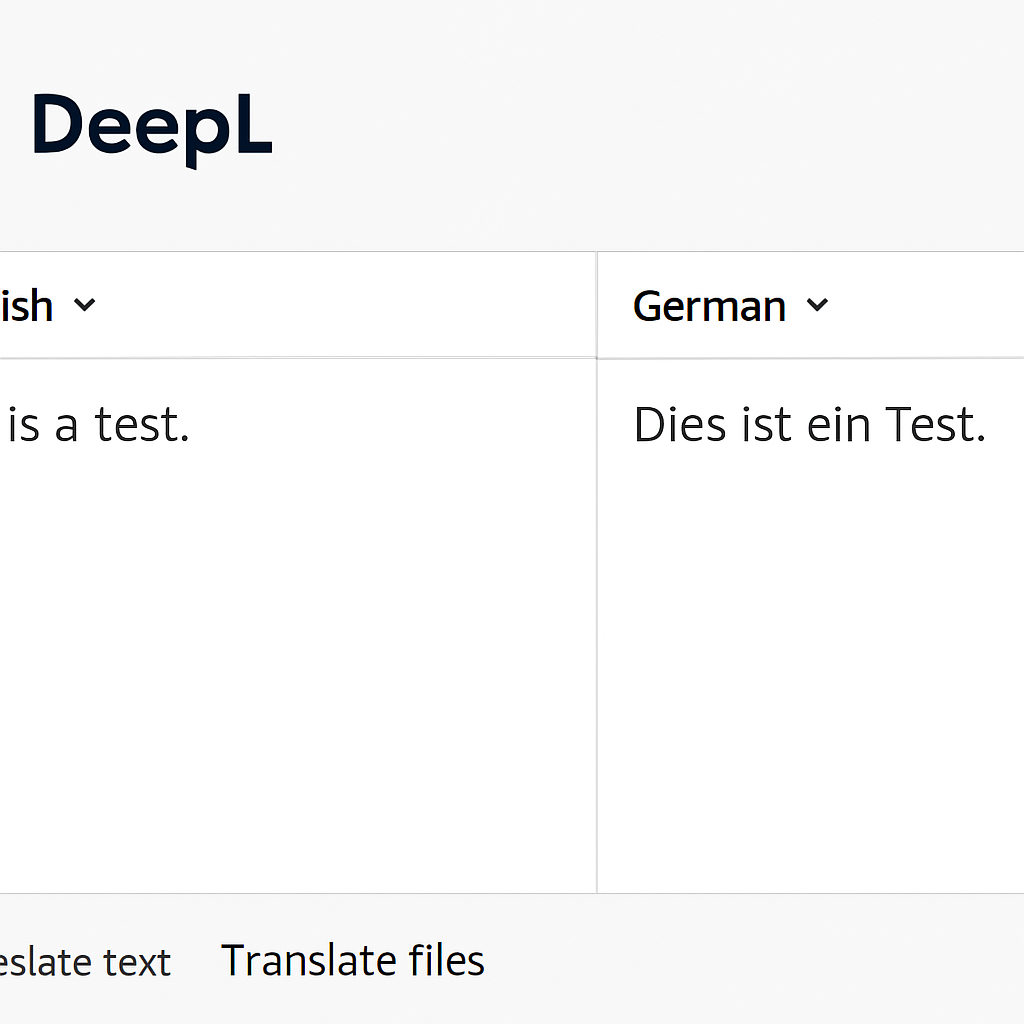
Why Use AI for Translation?
AI translation tools offer several advantages over human translators and older translation technologies:
- Speed and Efficiency: AI tools can process large volumes of text quickly, making them ideal for businesses that need rapid turnaround. This speed is crucial in today’s fast-paced business environment, where timely communication can be a competitive advantage. Furthermore, AI can work around the clock without fatigue, ensuring that deadlines are consistently met.
- Cost-Effectiveness: While initial investments might be significant, AI tools can reduce long-term translation costs by minimizing the need for human translators. Over time, businesses can save substantial amounts on translation fees, especially when dealing with large-scale or recurring projects. Moreover, the scalability of AI solutions means they can handle increased workload without proportional cost increases.
- Consistency: AI translators provide consistent translations, reducing errors caused by human fatigue or oversight. Consistent terminology is vital in maintaining brand voice and ensuring clear communication across all platforms and languages. Unlike humans, AI tools maintain the same level of accuracy and consistency, regardless of the volume of work or time constraints.
- Scalability: AI tools can easily scale to handle larger projects or new languages without a significant increase in resources. As businesses grow and enter new markets, AI tools can expand their capabilities to meet the new demands. This scalability ensures that businesses can continue to communicate effectively as they expand their global footprint.
Top AI Translation Tools for Businesses
Google Translate
Google Translate is a household name when it comes to language translation. It supports over 100 languages and employs neural machine translation to improve accuracy over time. Its web-based platform and mobile app make it accessible and convenient for quick translations. This accessibility means that users can translate text on-the-go, which is particularly beneficial for business travelers or remote teams.
Pros:
- Wide language support ensures that businesses can communicate with a diverse range of international partners.
- Easy to use interface allows for quick adoption by employees at all levels.
- Free for basic use, making it an attractive option for small businesses or those with limited budgets.
Cons:
- Variable accuracy with complex text may require additional review by human translators, especially for critical documents.
- Limited offline capabilities can be a drawback in areas with poor internet connectivity.
DeepL Translator
DeepL Translator is celebrated for its superior accuracy, especially in translating nuanced text. It uses advanced AI algorithms to understand context better than many competitors, making it a favorite among professionals requiring precise translations. Its ability to handle complex syntax and idiomatic expressions makes it ideal for legal, technical, or creative industries.
Pros:
- High accuracy ensures that translated content maintains its intended meaning and tone, reducing the risk of miscommunication.
- Intuitive interface allows users to navigate the tool easily, increasing productivity.
- Handles idiomatic expressions well, which is essential for capturing the cultural essence of the original text.
Cons:
- Limited language selection compared to Google Translate can be restrictive for businesses dealing with less common languages.
- Subscription required for full features might not be feasible for all budgets, particularly for small enterprises.
 Microsoft Translator
Microsoft Translator
Microsoft Translator offers robust translation services with support for text, speech, and image translations. It integrates well with other Microsoft products, which can be a significant advantage for businesses using the Microsoft ecosystem. This integration facilitates seamless workflow and enhances collaboration across different departments.
Pros:
- Supports multiple platforms (web, mobile, API), providing flexibility in how translations are accessed and used.
- Integrates with Microsoft Office, allowing for easy translation of documents, emails, and more within familiar applications.
- Offers speech translation, which is invaluable for live meetings and international conferences.
Cons:
- Slightly less accurate than DeepL, which might necessitate additional proofreading for critical content.
- Requires Microsoft account for some features, potentially complicating access for external collaborators.
iTranslate
iTranslate provides a comprehensive translation solution with support for over 100 languages. Its app offers text, voice, and website translation, along with a dictionary for definitions and synonyms. This versatility makes it suitable for a wide range of business scenarios, from customer service to content creation.
Pros:
- Multiple translation modes cater to different needs, whether it’s translating a website or a spoken conversation.
- Easy to use mobile app facilitates on-the-go translation, essential for mobile workforces.
- Supports website translation, allowing businesses to localize their online presence effectively.
Cons:
- Premium features require subscription, which could be a barrier for cost-conscious companies.
- Some languages have limited features, affecting the tool’s overall utility for certain markets.
Amazon Translate
Amazon Translate is a cloud-based translation service designed for large-scale projects. It uses neural machine translation to deliver high-quality translations and integrates well with other Amazon Web Services (AWS). This integration is particularly beneficial for tech-savvy businesses looking to leverage AWS’s comprehensive suite of tools.
Pros:
- Scalable for large projects, making it ideal for enterprises with extensive translation needs.
- High-quality translations ensure that business communications are clear and professional.
- Integrates with AWS services, enabling streamlined operations for businesses already using Amazon’s cloud infrastructure.
Cons:
- Requires AWS knowledge, which might necessitate additional training or hiring for some organizations.
- Primarily text-based translation, limiting its applicability for multimedia content.
Specialized AI Translation Devices
In addition to software, there are physical devices that use AI to translate languages in real-time. These gadgets are particularly useful for face-to-face interactions. They offer a tangible solution to language barriers in settings where immediate communication is crucial, such as in negotiations or customer service environments.
AI Language Translator Earbuds

AI translator earbuds are a cutting-edge solution for real-time translation. These devices are designed to fit into your ear like regular earbuds but are equipped with microphones and speakers to facilitate live translation. They provide a discreet and efficient way to converse in different languages without the need for a third-party interpreter.
Popular Options:
- Timekettle WT2 Edge: Known for its real-time translation and support for 40 languages, making it suitable for diverse environments.
- WT2 Plus: Offers two-way translation and is suitable for conversations in noisy environments, ensuring clarity regardless of background noise.
Pros:
- Real-time translation allows for fluid conversations, enhancing engagement and understanding.
- Hands-free communication frees users to focus on the interaction rather than managing a device.
- Portable and convenient, making them perfect for travelers and professionals on the move.
Cons:
- Limited language support compared to apps might restrict use in certain regions or with certain languages.
- Can be expensive, potentially limiting their accessibility for smaller businesses or individual users.
Choosing the Right AI Translation Tool
Selecting the best AI translation tool for your business depends on several factors:
- Purpose: Consider whether you need translations for text, speech, or both. If real-time speech translation is necessary, earbuds might be the best option. For written content, a software-based solution might be more appropriate.
- Language Support: Ensure the tool supports the languages you need. Some tools offer broader language support than others, which is crucial for businesses operating in multiple regions.
- Integration: Look for tools that integrate with your existing systems. For example, Microsoft Translator works well with Microsoft Office, while Amazon Translate integrates with AWS. Seamless integration can enhance productivity and reduce the learning curve.
- Budget: Consider the cost, including any subscriptions or additional fees for premium features. Weigh the potential return on investment against the initial and ongoing costs to determine the best financial choice for your business.
- Accuracy: Check reviews and test the tool to ensure it meets your accuracy standards, especially for complex or technical content. Accurate translations are essential for maintaining professionalism and avoiding costly misunderstandings.
Conclusion
AI translation tools offer businesses the ability to communicate effectively across language barriers with speed and accuracy. From software applications like Google Translate and DeepL to innovative devices like AI translator earbuds, there’s a solution for every need and budget. By choosing the right tool, businesses can enhance their global reach, improve international communication, and drive growth in new markets. Embrace these AI advancements and take your business communication to the next level. As technology continues to evolve, staying updated with the latest translation tools will ensure that your business remains competitive in an increasingly interconnected world.


